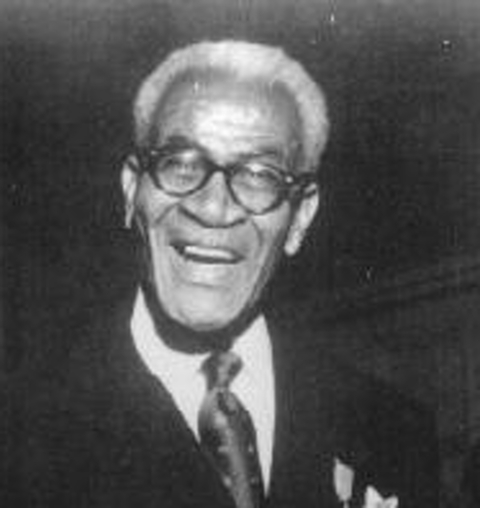The West Indian Federation, a bold attempt at political unity among the British Caribbean colonies, stands as a significant chapter in the region’s history. However, the federation’s ultimate failure can be attributed to various factors, including the roles played by Trinidad, Jamaica, and the influential figure of Theophilus Albert Marryshow. This article delves into the contributions of these key players and their impact on the federation’s demise.
- The Ambitions of Unity:
The West Indian Federation emerged in 1958 with the objective of fostering economic cooperation, promoting regional identity, and achieving political independence. The federation aimed to unite ten Caribbean territories, with Trinidad and Tobago and Jamaica serving as vital members due to their size, economic strength, and political influence. - Trinidad’s Economic Concerns:
Trinidad and Tobago, under the leadership of Dr. Eric Williams, played a pivotal role in the federation’s downfall. With its abundant oil resources, Trinidad felt burdened by the financial responsibility of subsidizing less prosperous islands. Driven by a perception of economic disparity, Trinidad and Tobago opted to withdraw from the federation in 1961. This decision sent shockwaves through the region, significantly weakening the federation’s foundation. - Jamaica’s Struggle for Autonomy:
Jamaica, led by Alexander Bustamante, voiced concerns over its political autonomy within the federation. The limited powers granted to the central government raised fears of eroding Jamaica’s control over internal affairs and economic policies. Additionally, Jamaica’s geographical and cultural differences from the Eastern Caribbean islands created a sense of isolation. These factors, combined with the desire to safeguard autonomy, led Jamaica to hold a referendum in 1961. The majority of Jamaicans voted for withdrawal, further undermining the federation’s viability. - The Role of Theophilus Albert Marryshow: Theophilus Albert Marryshow, a prominent political figure in the Caribbean, played a crucial role in the early stages of the federation’s formation. Marryshow, a proponent of regional unity, sought to create a strong West Indian identity through his newspaper, “The West Indian.” He advocated for a federation as a means to combat colonialism and promote Caribbean interests on the international stage. Marryshow’s efforts to rally support and generate enthusiasm for the federation were influential. However, his vision faced significant challenges due to the economic and political realities faced by Trinidad and Jamaica.
In conclusion the West Indian Federation’s failure was a result of complex dynamics involving Trinidad, Jamaica, and the influential figure of Theophilus Albert Marryshow. Trinidad’s concerns over economic disparities and Jamaica’s desire to protect its autonomy played pivotal roles in their decisions to withdraw from the federation. Meanwhile, Marryshow’s advocacy for unity and regional identity laid the foundation for the federation’s formation but ultimately faced insurmountable challenges. The collapse of the West Indian Federation serves as a reminder of the intricate balance required for successful regional integration, as economic, political, and cultural factors must align for such endeavors to flourish.
By A.M.E. Neckles

